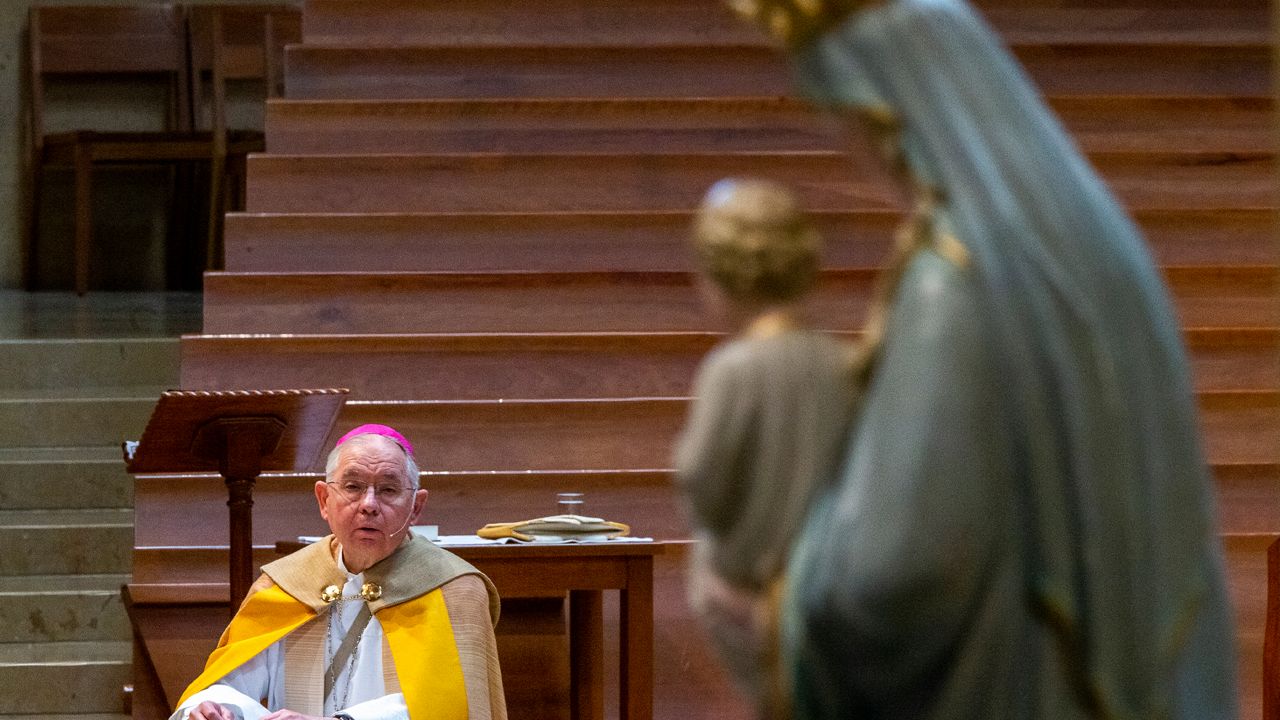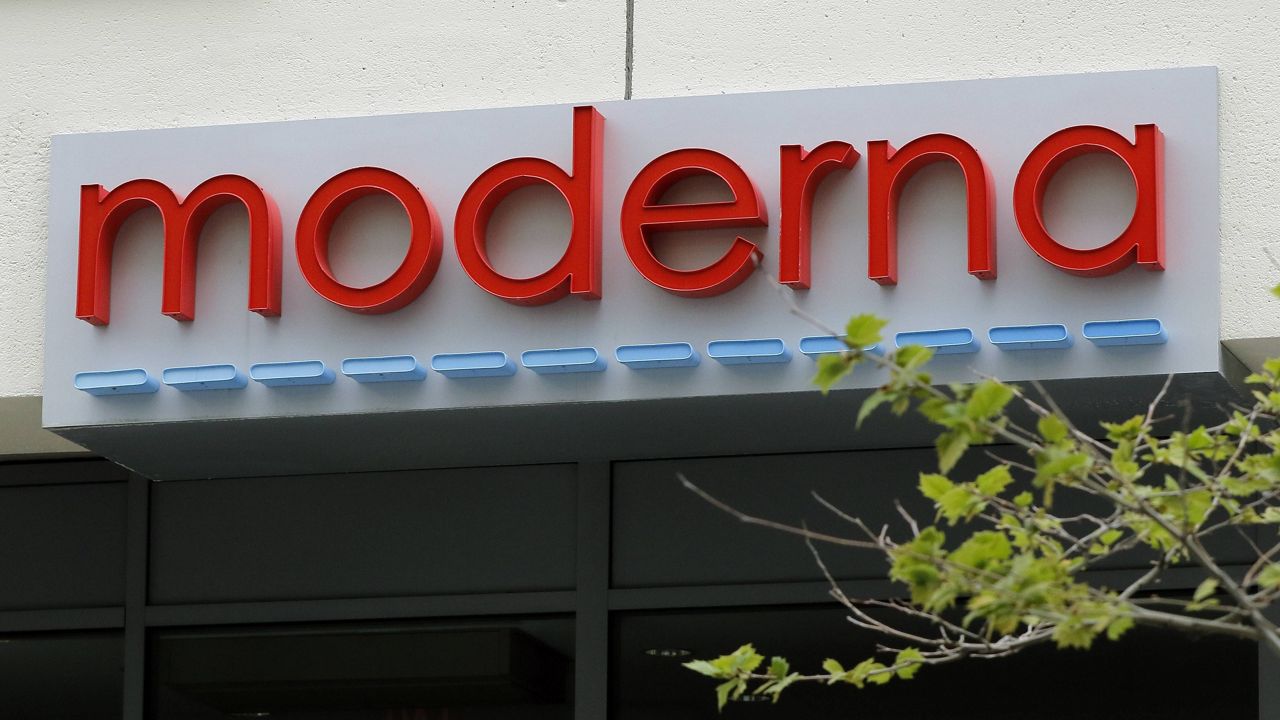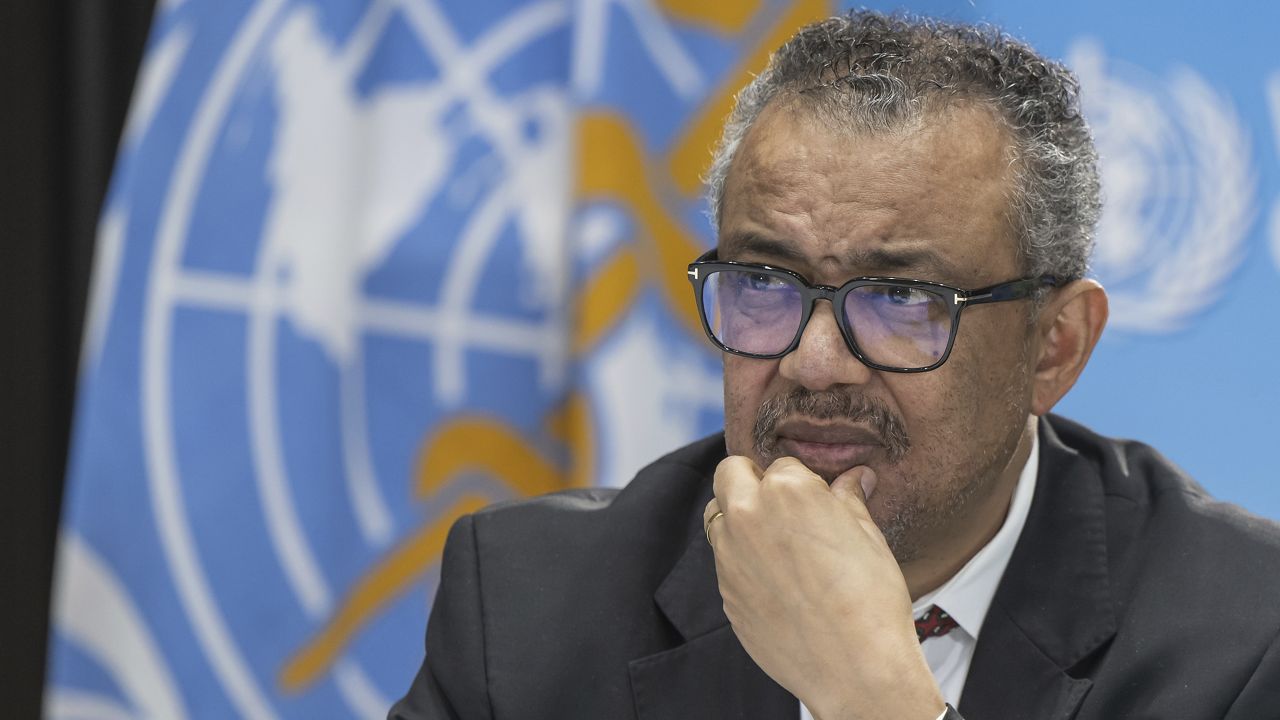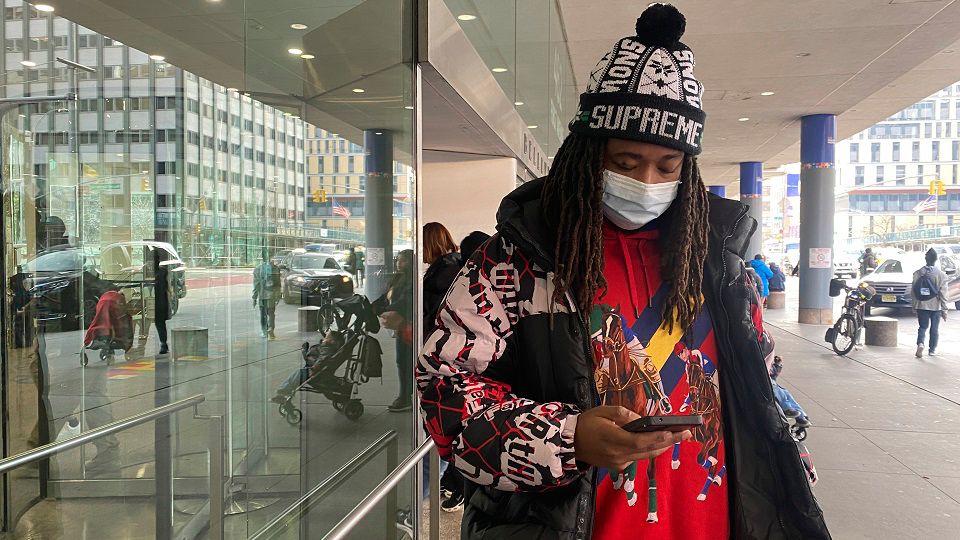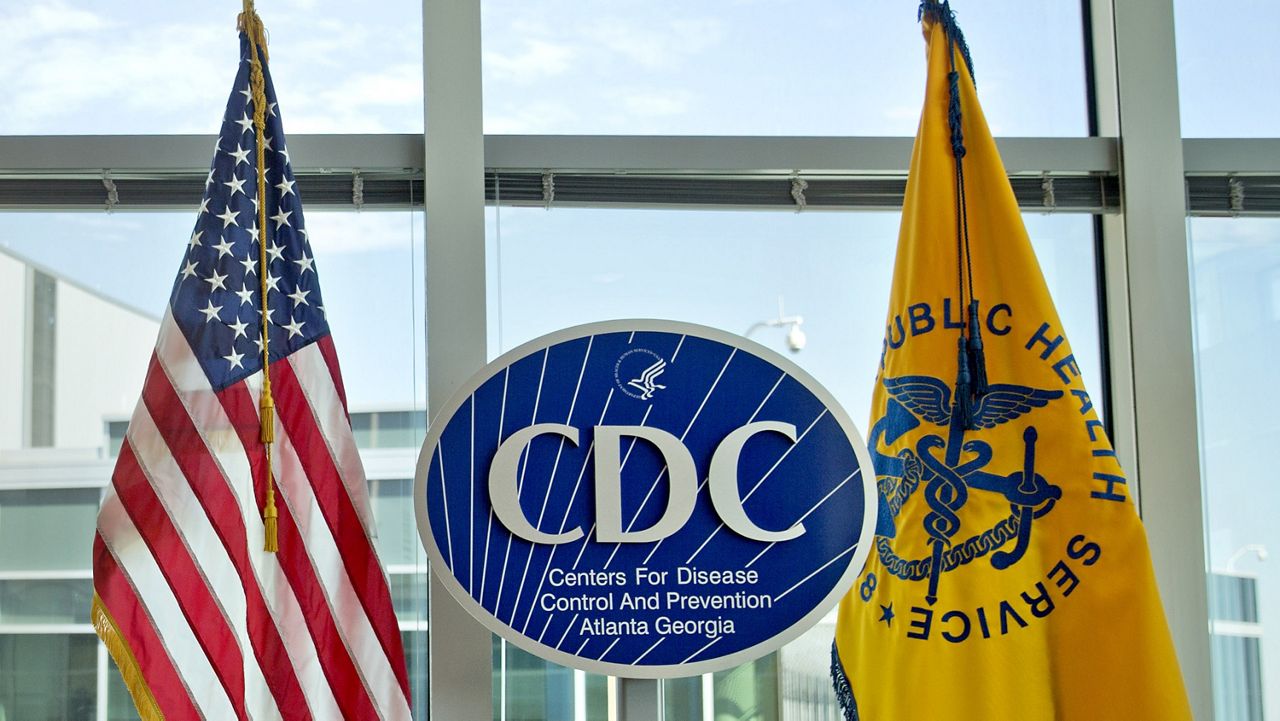LOS ANGELES (CNS) - Gov. Gavin Newsom issued guidance Monday to churches and other houses of worship in California on how they can safely reopen amid the ongoing COVID-19 pandemic.
Under the guidelines, places of worship must limit attendance to 25% of building capacity or 100 attendees, whichever is lower. This limitation will be in effect for the first 21 days of a county public health department's approval of religious services within their jurisdictions, after which the California Department of Public Health will review the limits.
They must also arrange for social distancing of at least 6 feet between people, establish and implement a COVID-19 prevention plan for every location, train staff on the plan, and regularly evaluate workplaces for compliance.
Among the other guidelines:
- Shorten services to limit the length of time congregants/visitors spend at facilities whenever possible. This could include limiting speeches, asking congregants/visitors to put on garments at home before arrival, etc.
- Close places of worship for visitation outside of scheduled services, meetings, etc., whenever possible.
- Discontinue large gatherings that encourage congregants/visitors to travel and break physical distances during activities, such as concerts, large holiday and life event celebrations and remembrances.
- Close children's play areas and discontinue activities and services for children where physical distancing of at least 6 feet cannot be maintained.
- Prop or hold doors open during peak periods when congregants/visitors are entering and exiting facilities, if possible and in accordance with security and safety protocols.
- Close or restrict common areas, such as break rooms, kitchenettes, foyers, etc. where people are likely to congregate and interact.
- Reconfigure podiums and speaker areas, office spaces, meeting rooms, conference rooms, etc., to allow for at least 6 feet between people.
- Face coverings are strongly recommended at all times for congregants/visitors and staff.
- Establish directional hallways and passageways for foot traffic, if possible, and designate separate routes for entry and exit into meeting rooms, offices, etc., to help maintain physical distancing and lessen the instances of people closely passing each other.
- Close self-service item selection such as pamphlet displays and bookshelves and provide these items to congregants/visitors individually as necessary.
- Consider limiting the number of people that use the restroom at on time to allow for physical distancing.
- Discourage staff, congregants, visitors, etc., from engaging in handshakes, hugs, and similar greetings that break physical distance.
- Reconfigure parking lots to limit congregation points and ensure proper separation (e.g., closing every other space).
- Discontinue offering self-service food and beverages. Do not hold potlucks or similar family-style eating and drinking events that increase the risk of cross contamination.
- Strongly consider discontinuing singing, group recitation, and other practices and performances where there is increased likelihood for transmission from contaminated exhaled droplets.
- Consider modifying practices that are specific to particular faith traditions that might encourage the spread of COVID-19. Examples are discontinuing kissing of ritual objects, allowing rites to be performed by fewer people, avoiding the use of a common cup, offering communion in the hand instead of on the tongue, providing pre-packed communion items on chairs prior to service, etc.
The guidelines also recommend reduced visitor capacity and staggered visitation times at funerals, wakes, etc., if possible, and modifying religious or cultural practices when washing or shrouding bodies of those who have died from COVID-19, in accordance with guidance from the U.S. Centers for Disease Control.
"This guidance does not obligate places of worship to resume in-person activity,'' the statement said. "Further, it is strongly recommended that places of worship continue to facilitate remote services and other related activities for those who are vulnerable to COVID19 including older adults and those with co-morbidities. Even with adherence to physical distancing, convening in a congregational setting of multiple different households to practice a personal faith carries a relatively higher risk for widespread transmission of the COVID-19 virus, and may result in increased rates of infection, hospitalization, and death, especially among more vulnerable populations. In particular, activities such as singing and group recitation negate the risk-reduction achieved through six feet of physical distancing.''
The entire statement can be found here.
Churches and other houses of worship were ordered closed to the public on March 19. Since then many have adjusted by holding virtual services, while a few have recently resumed in-person services in violation of the order.
Newsom said last week that the state would issue guidelines by Monday, despite President Donald Trump's insistence that they be allowed to reopen immediately for in-person services.
Newsom said the state has been "working with the faith community to advance the efforts to begin to put out guidelines, processes and procedures to (protect the) health and safety of congregants and parishioners.''
"We've been working throughout the interfaith community ... all up and down the state, working on the differentiation, the large mega-churches versus more neighborhood-style churches and different styles of pews and sanitation protocols, synagogues versus working with other faiths. We've been working on those sectoral guidelines and we are just days away, at the latest on Monday, we will put out those guidelines.''
Newsom's comments last week came hours after Trump held a news conference deeming houses of worship to be "essential,'' and saying he would override governors of states that refuse to allow them to open immediately.
"Some governors have deemed liquor stores and abortion clinics as essential,'' Trump said. "It's not right. So I'm correcting this injustice and calling houses of worship essential.''
The U.S. Centers for Disease Control and Prevention released "interim guidance'' Friday for houses of worship, while continuing to warn that "gatherings present a risk for increasing the spread of COVID-19 during this public health emergency.''
The CDC guidance includes standard recommendations such as frequent hand-washing, encouraging face coverings for staff and congregants, frequent cleaning of surfaces and promotion of social distancing through physical set-up and limited attendance.
The guidelines also recommend changes in the way houses of worship collect financial donations, limited physical contact such as shaking hands or hugging, and limiting the sharing of objects such as prayer books and cups.
More than 1,200 pastors and clergy from across California sent the governor a letter last week saying they plan to resume in-person services May 31, regardless of state restrictions.
Some churches and faith leaders have also sued the state, seeking to compel the reopening of houses of worship, and the U.S. Department of Justice recently sent a letter to the state warning that restrictions on such facilities could be a violation of federal law.
Pastor Joe Pedick of Calvary Chapel of the Harbour in Huntington Beach said he was among the group of pastors and clergy vowing to open their churches May 31.
Pedick said he was "very thankful'' the governor was working to reopen churches soon.
"But we're opening up on May 31,'' Pedick said. "That's our plan. We believe we have First Amendment, the constitutional right to freedom of religion.''
Pedick praised the president for pushing to reopen churches. The Diocese of Orange announced Friday public Masses can begin in the county the weekend of June 13 and 14, "in a phased-in approach with measures in place to safeguard public health.''
Bishop Kevin W. Vann also extended a dispensation from the obligation to attend Sunday Mass and Holy Days of Obligation "until such time as it is deemed safe to have large gatherings at Mass.''
Phase one of the diocese's plan is allowing healthy Catholics back to a limited Mass with strict social distancing guidelines. Phase two would allow for larger groups and phase three would allow for choirs to return to church and social gatherings to resume.
"The pandemic is far from over so we will begin with small steps,'' Vann said. "Realizing that reinfection is a concern, as we saw occurred in Texas and elsewhere, I am asking our pastors to prepare their churches to ensure that these guidelines are followed without exception.''
Those over 65 years old or with an underlying medical condition were encouraged to not return to Mass, as well as anyone showing symptoms of any illness. Churches will be thoroughly sanitized and cleaned before and after each service. Holy water fonts will be empty and hymnals removed. Hand sanitizer will be available at all churches and physical contact between worshippers will be discouraged during Mass, the diocese said.
Only 1/3 of the church space will be available per Mass, the diocese said.



